Sci-fi musical classic soars in a meticulously crafted production helmed by Chris Coleman.
In this bonus edition of the OSC podcast, co-host Toni Tresca and I are going to switch things up from our usual weekly podcast. We’ll do that one, with guest hosts, interviews, Top 10 Colorado Headliners and all that every other week. In between, we’ll be serving up some, shall we say, alternative fare. This week, since we were both at opening night for the Denver Center Theatre Company’s production of Little Shop of Horrors, we did a joint review of the show. Spoiler alert – we both loved it. Enjoy.
(Transcript)
Alex: All right, so we are talking about Little Shop of Horrors from the Denver Center Theater Company, which had its opening night on Friday the 18th. It had some previews the week leading up to that and it looked to me like they were pretty ready to go. What’d think, Toni?
Toni: I think it’s safe to say that this is a killer production about a killer plant from outer space. I really enjoy Little Shop of Horrors. This is one of my favorite musicals of all time. It’s got a book and lyrics by Howard Ashman and music by Alan Menken. It was originally staged off-Broadway back in 1982. And it’s based on a film from the ‘60s by Roger Corman that was produced under the title The Passionate People Eater, so it’s got a long legacy, and it was certainly very well known by the crowd at the Denver Center last night.
Alex: It was, yeah. Yeah, so Roger Corman did a lot of B movies like that, right?
Toni: Yeah, Roger Corman is known for producing films on a budget. He was a journeyman director who would deliver exactly what the studio was looking for. And Little Shop of Horrors was originally produced, allegedly, as a bet to see if you could shoot a film in two days, which they did. As a result, it’s very cheap-looking. It’s all on very small sets. It’s very quick, but it’s got a certain charm to it that Howard Ashman, when he saw the film at age 14, fell in love with and ended up incubating that story into the musical that it’s now popularly known as today.
Alex: Okay, yeah, he’s got some great titles like Attack of the Crab Monsters, 1957. He did one, two, three, four, five, six, eight films in 1957. And even more in ’58, he did She Gods of Shark Reef, A Bucket of Blood, The Wasp Women, Ski Troop Attack, Little Shop of Horrors, that was 1960, Pit in the Pendulum, so he did some little bit of more mainstream stuff. He just died last year. So anyway, it’s a really strange idea for a musical, but it works.
I gotta tell you, the production was really so close to flawless. It was like a flawless, floral production. It is also one of my favorite musicals. I love it just because it’s so fun. It’s so weird. The music is great. I mean, it’s got a lot of really memorable songs, which, as we’ve remarked on a number of shows that we’ve seen, especially more recent musicals, especially things that were adapted from other things, the songs are just utterly forgettable, and this one’s got so many bangers.
Toni: Yeah, and it’s clear we were not the only ones who love these songs. From the second that the main title song, “Little Shop of Horrors,” began and Chiffon, Crystal and Ronette came onto the stage, the audience erupted. It was clear that they recognized these numbers. It’s interesting that Little Shop of Horrors is at a place in its history where it’s no longer this more edgy, underground, experimental musical. It is now well-known in the cultural zeitgeist, thanks in large part to the highly successful 1986 film adaptation. I saw people dancing along throughout in their seats and two people down in front even singing along.
Alex: I noticed that one woman. Yeah, it really is definitely part of the mainstream, but it’s still such a fun show and it’s got some really still edgy elements like the sadistic dentist huffing nitrous oxide. The plot is set in this little shitty florist shop on skid row in any any city USA, and Seymour is this shopkeeper’s assistant in Mushnik’s Flower Shop. There’s a total eclipse of the sun, and this weird plant appears. It happens to be that it’s from another planet and it’s out to conquer Earth, but Seymour’s just looking at it as a way to get some attention for the flower shop, which is dying.
Along with Seymour, played by Ben Fankhauser, there is Mr. Mushnik, played by David Studwell, as well as the shop girl, Audrey, played by Gizel Jiménez, who are fighting to keep this place alive. Studwell, who’s been in Denver and actually played Scrooge at DCPA’s production of A Christmas Carol, plays an appropriately grumpy Mushnik. But my favorite performances were the three urchins – Jaden Dominique, Elexis Morton and Holly Jackson. When they came out, like you were saying, there was just a real kind of frisson of excitement that went through the crowd. Each one of them individually was great, and they’re not just backup singers; they’re part of the cast and get integrated into the plot.
Toni: Totally, and they also are given the best choreography in the show by choreographer Rickey Tripp. Those three women are real stars. They’re truly electric every single time that they are on the stage. Also, in addition to their killer vocals, they are also super funny, wearing everything from alien costumes to these gorgeous red sparkly dresses near the end of the show, and their energy is always just top-notch. They nail the kind of comedy beats that are required of them, as well as the more serious moments, like when they’re present during the ballads such as “Suddenly Seymour,” where their supporting vocals and energy helped invigorate that already strong number.
Alex: Right. Yeah. So Samantha C. Jones was the costume designer. Absolutely fantastic. She lavished all of her attention on the chiffons. The other costumes are great too, but they had the most fun with them, especially the total eclipse of the sun when they appeared at the top of the shop and they were wearing these sort of outer space costumes.
Toni: Great costumes with the urchins as well as Orin, who was played by Will Branner, particularly in the second act because, in addition to playing the sadistic dentist Orin, who is dating Audrey and have a very abusive relationship, he also plays all of the auxiliary characters, everything from radio announcers to the skip, snip from the floral agency to the editor’s wife. And there are several sequences in which he does these rapid costume changes back to back that are really impressive.
Will Branner is from Broadway and has appeared in the viral Team Starkid videos and is hilarious. I thought he did incredible work, particularly as the dentist. I was very sad to see him go (SPOILER ALERT!) at the end of the first act. I mean, he’s an awful character, so I don’t necessarily mind that he’s not around, but you do miss his energy. That character is so funny.

Will Branner as Orin the sadistic dentist with Ben Fankhauser as Seymour in ‘Little Shop of Horrors.’ | Photo: Jamie Kraus Photography
Alex: My God, he was just in his element. He was loving playing that character so much. He is, as you said, because you interviewed him, a very fit, athletic guy, and he used those muscles to do some really interesting moves on stage. Like one where he was on his knees and moving around very quickly, just using his hands and not moving his legs. I was like, ‘My God, that’s not easy!’ I’ve never seen that before.
Toni: That’s right. That was during “Dentist,” which was a super energetic number. The three urchins had toothbrushes as microphones that they were using and, if there was a part of the stage that it was possible for [Branner] to touch, he was touching it. He was everywhere. His performance was clearly very inspired by Jim Carrey and Steve Martin, who played the dentist in the film version, but he also made it his own. It’s not a copy of the film in any way.
Alex: Yeah, absolutely. Overall, there’s a lot of real physicality in this show. I would also say Chris Coleman, who’s the artistic director at the Denver Center, directed this, he seems like he poured so much love into this show. You could tell he just went all out. They did everything to make this show just pop.
Toni: I agree. And it’s funny, I also interviewed Chris about the show for my piece in Denver Westword, and he was talking about the research he did for this show. He shared that he revisited the film, which he actually doesn’t like very much. He thinks the film is cheesy and says he didn’t see what Howard Ashman saw in it; however, he’s been falling more and more in love with this musical the more he’s worked on it. He’d never actually directed it before, but he had produced it back when he was the artistic director of Portland Center Stage. Now he’s directing it for the first time and, like you said, it’s clear that he’s paid attention to every detail.
This is a really intimate show. It started in a 99-seat theater off-Broadway. The Wolf Theatre has 610 seats, which is a lot bigger. One of the most impressive things that Chris does is he’s able to maintain the show’s intimacy in conjunction with work done by Alan E. Muraoka, who is the scenic designer, by having the floral shop on a wagon system that allows it to come forward. So, when there are scenes in the flower shop, you’re really close to it and feel like you are inside it. The flower shop is able to pull away so that they can still have the front of the Wolf clear for scenes outside the flower shop or in the dentist’s office.
Alex: Yeah, it was a very clever set design. It was just two walls that basically came out and converged at a point downstage along with a couple of stairs that gave the entrances and exits some extra dimension. The set design in general was great. It was very nice and dingy with some kind of muted colors and things like that you would expect in Skid Row.
Toni: And it was also very clearly set under the subway track system because there were tracks that were above the flower shop. That also gave it a little bit more dimensionality as well because the urchins were able to kind of pop up at the top of the set pieces as well, just under those tracks, which they did for the doo-wop number in the first act when Seymour is describing how he found the plant originally.
Alex: Yeah. So all those elements came together really nicely. It was such a fun show. There were definitely some references in there that might’ve gone over maybe your head, like when Audrey references Levittown as being this ideal of suburban glory.
I actually grew up next to Levittown on Long Island and it was this place where the houses in a suburb were built by this guy, Levitt, so I connected to that reference in “Somewhere That’s Green,” which was so powerful. It’s somebody in this really awful place who’s just dreaming about the most basic, better life. Not living in a mansion. She just wants to live in a little home that’s got a washer and dryer. Man, Gizel really brought that one home.
Toni: And I think that the element that you just spoke to, the seriousness with which these moments are treated, is what makes this version of Little Shop work so well. Chris is treating all these characters with a lot of respect, and sure, there are a lot of comedic elements that happen, particularly as the plant gets bigger and bigger, but the characters themselves are very grounded and feel very real.
They’re not hamming it up and winking to the audience like, ‘I’m a flower assistant who sucks at my job and I’m falling everywhere!’ No, Ben Fankhauser is very grounded as Seymour. He brings a lot of respect to this character who’s clearly just trying to rise up, and he does make some pretty awful decisions throughout, but you’re able to kind of see where he’s coming from. Same with Gizel, who I think steals the show with her ballads “Somewhere That’s Green” and “Suddenly Seymour.” Gizel’s vulnerability and the heart she demonstrates in those numbers endear you to her and her performance.
Alex: Oh, “Suddenly Seymour” was devastating. It just brought the house down. Such a great music piece. I also wanted to mention that Gizel made a lot of really interesting physical choices. She walked almost like a geisha or someone who was wearing a pencil skirt with these teeny little mincing steps. She had a lot of really weird little exclamations that really added so much layer to the character and helped you see her pain.
Toni: It’s clear that this Audrey is a woman trapped in a situation that she can’t seem to find her way out of, and she is using people pleasing as a way to kind of cope. She’s trying to make everything okay for everybody around her because she’s not okay.
Alex: Yeah, yeah. So overall, fantastic production. So much fun, we’re not done talking about it yet.

Ben Fankhauser and Gizel Jiménez with Audrey II in ‘Little Shop of Horrors.’ | Photo: Jamie Kraus Photography
Toni: Well, we’ve got to talk about the plant.
Alex: Yes, I wanted to mention Audrey II. This was voiced by Aaron Michael Ray, who was absolutely fantastic. The puppeteer inside is Joe Gallina. And man, that plant was big. I don’t think I’d ever seen one on stage that was quite that big. Did they rent this or did they build it? Do you know?
Toni: I don’t actually know that information, but I would imagine that they built it themselves because that mechanism that they do, which I actually don’t want to spoil, is really interesting, particularly with the largest version of the plant in Act Two. So don’t sneak out at intermission, folks. You are going to want to see the big plant in the second act.
Alex: Yeah. I mean, he had not only a great singing voice, but he was also very funny. At one point, the plant imitated Audrey in a really funny way. But unbelievable performance there by Aaron Michael Ray as the plant. The only thing that I struggled with, and this is not the production, this is how it’s written, is the ending. I don’t want to do any major spoilers, but they wind up in these plant headpieces at the end, and it doesn’t resolve as crisply as the film, which my son and I were talking about on the ride home. In the film, it ends more happily.
Toni: That’s correct. So when they were translating the musical to a movie, they did test screenings throughout the process. The team had actually shot the original ending in which the plant consumes New York in a wild kind of animated sequence.
If you’re interested in checking out that alternative ending, it is available online, but test audiences were so disappointed when Audrey and Seymour didn’t get together that they changed the ending. Unlike in theatre, the actors playing Seymour and Audrey don’t get to come out at the end and take a bow. Instead of having that moment of catharsis with the actors that you get during a curtain call, in the film, the characters just die and then the credits roll. Audiences thought that ending was kind of a bummer, so Alan Menken ended up capitulating to the producers and allowed them to rework the ending for the film.
I personally prefer the musical ending. I think that it drives home the musical’s larger message of don’t feed the plants. Whatever they’re gonna offer you, it’s not going to be worth it, particularly if they’re asking you to commit violent acts of murder against your fellow man.
Alex: Yeah, well, it’s basically a Faustian tale, right? It’s asking what you will do for money, fame and the girl? And yes, he went down that road, and it did not end well for him. But it certainly ended well for audiences at the Denver Center. Little Shop of Horrors plays through May 25th, so you’ve got more than a month to go check it out, and this staging comes highly recommended from us to big fans of this particular musical.
Toni: Absolutely, this was a beautifully staged musical with a small cast but a big heart and a lot of alien spectacle.
Alex: Yep. Yeah. Everybody wants a small-cast musical with a small band, right?
Toni: That’s right. Keeping budgets under control is the key to success in theatre these days, according to a recent series of podcast episodes from the Freakonomics podcast about theatre, which I have been listening to after you recommended it on last week’s podcast.
Alex: All right. Thanks, Toni.
Toni: Thanks, Alex, great talking to you. I’ll see you at the theater.
Alex Miller is editor and publisher of OnStage Colorado. He has a long background in journalism, including stints as the top editor at the Vail Daily, Summit Daily News, Summit County Journal, Vail Trail and others. He’s also been an actor, director, playwright, artistic director and theatre board member and has been covering theatre in Colorado since 1995.
A Colorado-based arts reporter originally from Mineola, Texas, who writes about the evolving world of theater and culture—with a focus on the financial realities of making art, emerging forms and leadership in the arts. He’s the Managing Editor of Bucket List Community Cafe, a contributor to Boulder Weekly, Denver Westword and co-host of the OnStage Colorado Podcast. He holds an MBA and an MA in Theatre & Performance Studies from CU Boulder, and his reporting and reviews combine business and artistic expertise.

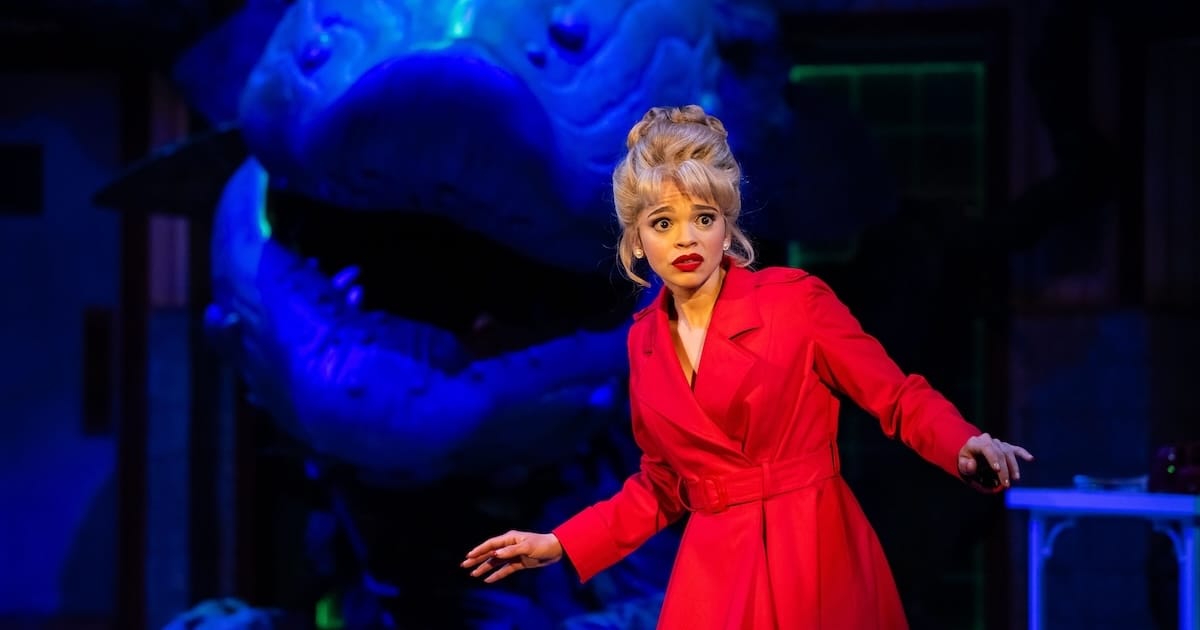
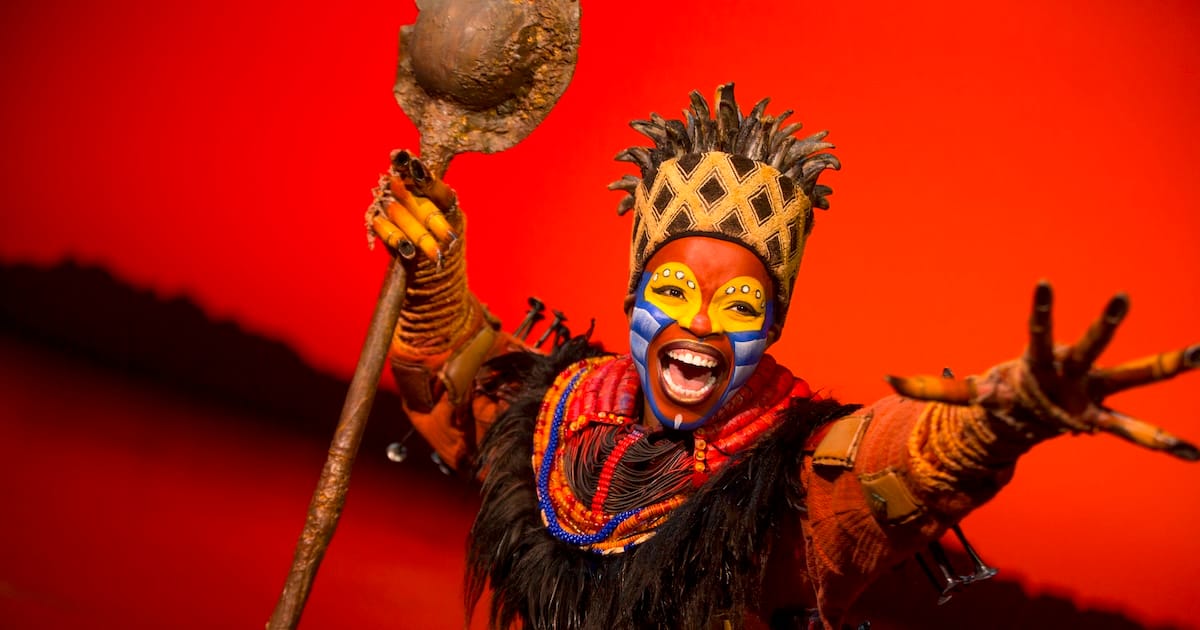

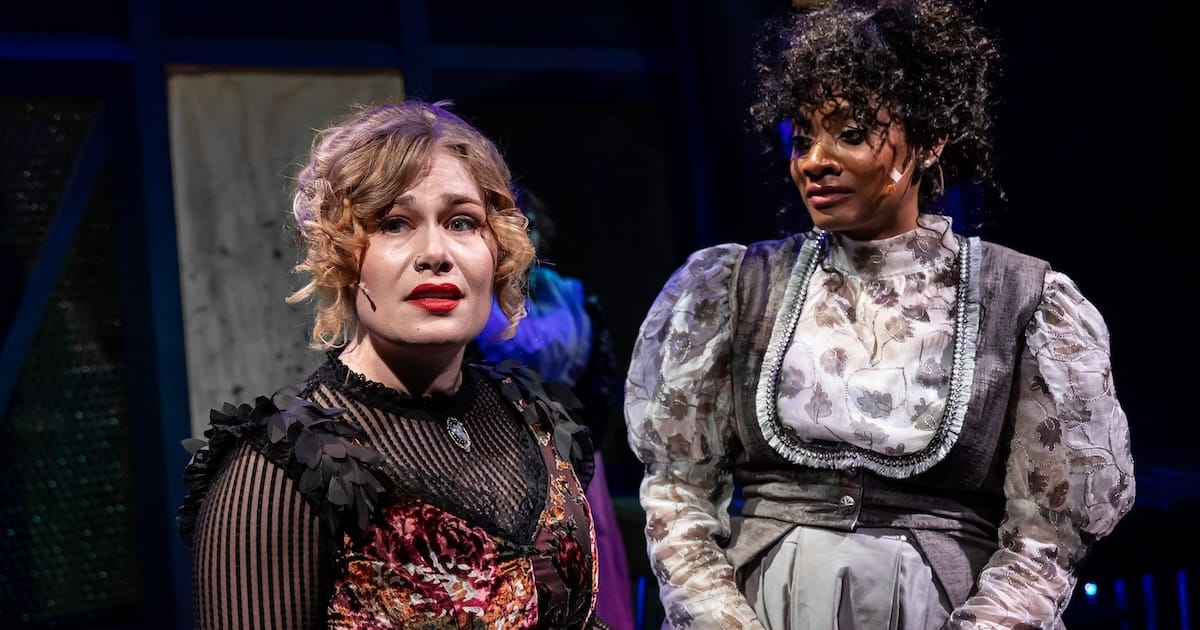

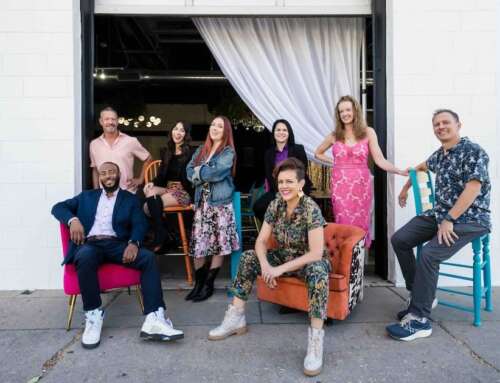

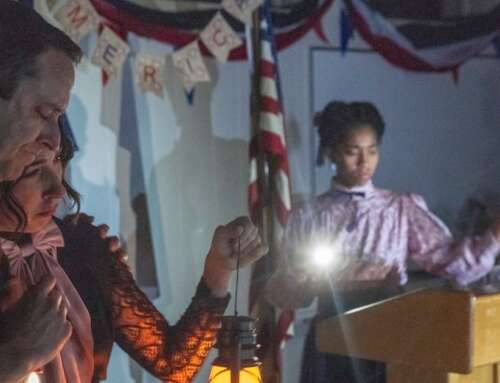
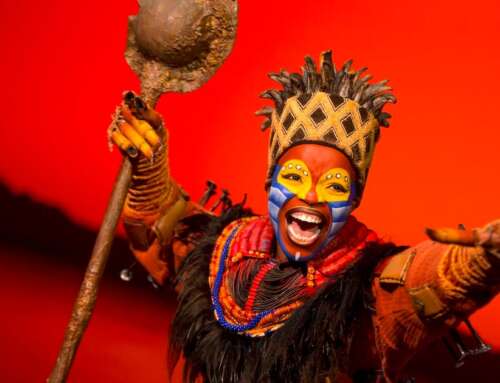

Leave A Comment